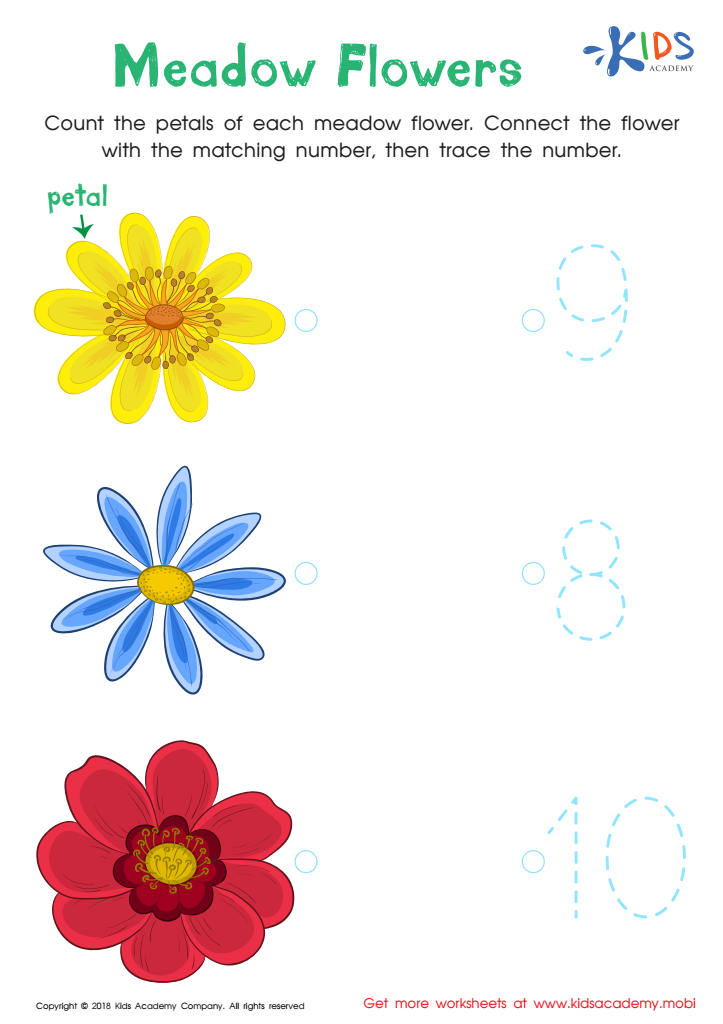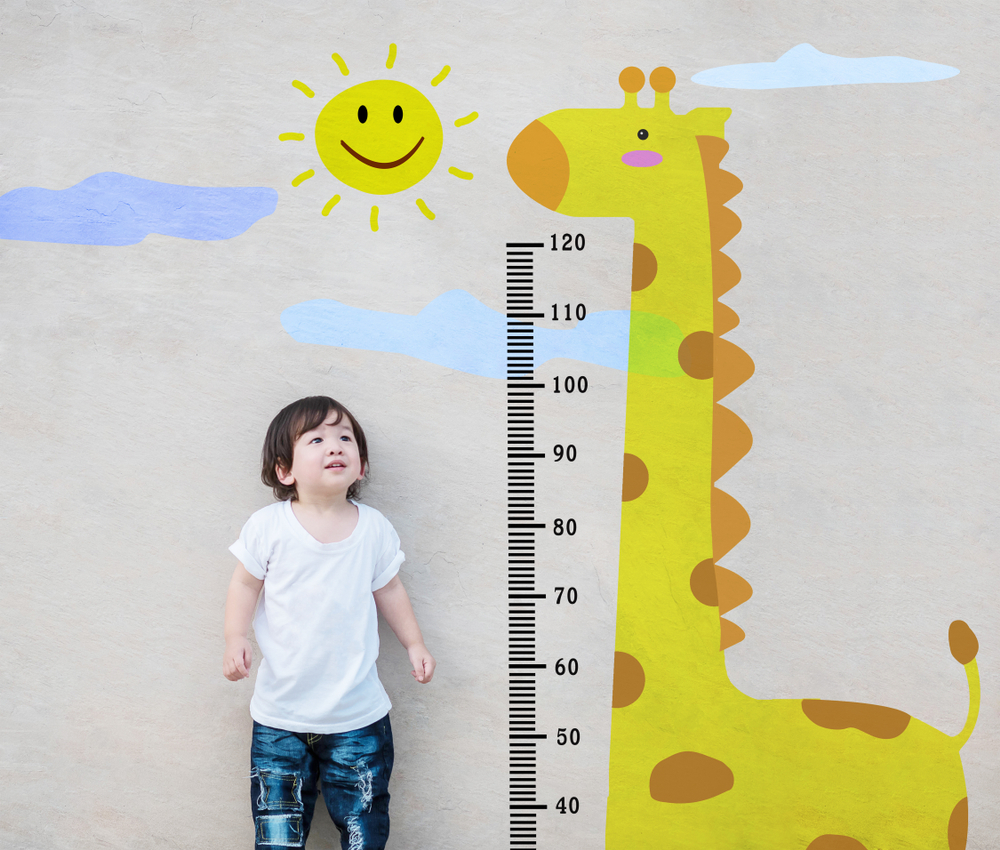Normal Tracing worksheets activities - Page 5
98 filtered results
-
From - To


Kindergarten Number Tracing: Medow Flowers Worksheet


Have, Has, Had Worksheet Sight Words Worksheet
Normal Tracing worksheets activities are valuable tools in the foundational stages of a child's learning process. These well-structured activities are not just simple tasks; they're stepping stones for children to develop a myriad of skills that are crucial for their growth and learning in the early years. Engaging in tracing worksheets equips young learners with the basics they need for successful writing, reading, and fine motor skill development.
One of the primary benefits of Normal Tracing worksheets activities is their role in enhancing fine motor skills. As children trace shapes, letters, and numbers, they learn to control their hand movements precisely. This control is vital for tasks such as writing, tying shoelaces, and using scissors. The repetitive motion of tracing strengthens hand muscles and improves hand-eye coordination, laying a solid foundation for more complex motor tasks.
Furthermore, Normal Tracing worksheets activities contribute significantly to cognitive development. They introduce young learners to the concept of following patterns and understanding spatial relationships. This understanding is crucial not only for writing but also for recognizing letters and numbers, essential skills for reading and math proficiency. By tracing, children learn the strokes and lines that form letters, making it easier for them to remember and reproduce them independently.
Additionally, these worksheets can enhance concentration and patience in young learners. Tracing requires focus and precision, encouraging children to slow down and pay close attention to the task at hand. This nurtures their ability to concentrate on tasks for longer periods, which is beneficial for all areas of learning.
Finally, Normal Tracing worksheets activities are versatile and customizable, making them suitable for children with various learning styles and preferences. Whether it’s tracing over dotted lines or following colorful paths, these activities can be tailored to meet the individual needs of each child, ensuring a positive and encouraging learning environment.
In conclusion, Normal Tracing worksheets activities are more than just simple exercises; they are essential tools that equip children with the foundational skills needed for successful learning. From fine motor development to cognitive growth, these activities offer a wide range of benefits that support children in their early years, setting them up for a bright future.
 Assign to My Students
Assign to My Students
















